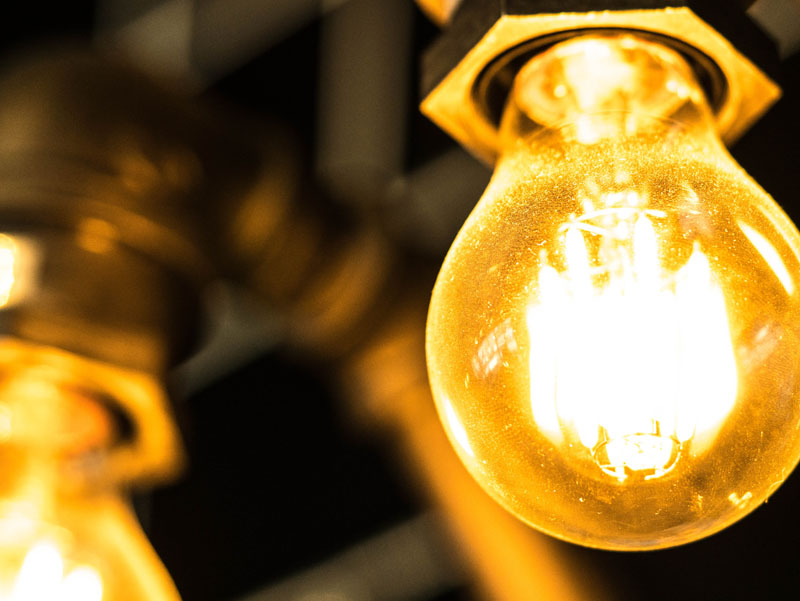Low light photography can be a challenging but rewarding endeavor. One important aspect to consider when shooting in low light is adjusting the ISO setting on your camera. ISO is a measure of a camera’s sensitivity to light, and adjusting it can have a big impact on the final image.
In this article, we’ll provide tips for adjusting ISO in low light situations, including an introduction to the topic, a list of key topics to consider, the pros and cons of adjusting ISO, examples of how to use ISO in low light photography, and a frequently asked questions section to help you get started.
Why is ISO an important setting?
When it comes to low light photography, one of the first things you’ll want to consider is the ISO setting on your camera. ISO is a measure of a camera’s sensitivity to light, and adjusting it can have a big impact on the final image.
In low light conditions, you may need to increase the ISO to capture enough light, but doing so can also introduce noise or grain into the image.
In this article, we’ll provide tips for adjusting ISO in low light situations to help you get the best results.
What is ISO and how does it work?
ISO is a measure of a camera’s sensitivity to light. The lower the ISO number, the less sensitive the camera is to light, and the higher the ISO number, the more sensitive it is.
Most cameras have a range of ISO values that you can choose from, typically starting at around ISO 100 or ISO 200 and going up to ISO 6400 or higher.
When you adjust the ISO on your camera, you’re essentially telling it to be more or less sensitive to light. If you increase the ISO, the camera will be more sensitive to light, which can be helpful in low light situations where you need to capture more light to get a proper exposure. However, increasing the ISO can also introduce noise or grain into the image, which can be distracting or undesirable.
How to adjust ISO in low light conditions
Adjusting the ISO in low light conditions can be a bit of a balancing act. On the one hand, you want to capture enough light to get a properly exposed image, but on the other hand, you don’t want to introduce too much noise or grain.
Here are a few tips for adjusting ISO in low light situations.
Start with the lowest ISO setting possible
In general, it’s a good idea to start with the lowest ISO setting possible and work your way up as needed. This will help you minimize the amount of noise or grain in the final image.
Use a tripod
If you’re shooting in low light and don’t need to handhold the camera, using a tripod can be a great way to get a sharp image without having to increase the ISO. A tripod will help you keep the camera steady and avoid camera shake, which can cause blurry images.
Use a fast lens
If you have a lens with a wide aperture (e.g. f/2.8 or lower), you’ll be able to capture more light and potentially avoid having to increase the ISO too much.
This can be especially helpful in situations where you don’t have a tripod and need to handhold the camera.
Experiment with different ISO settings
If you’re not sure what ISO setting to use, it can be helpful to experiment with different settings and see how they affect the final image.
Take a few shots at different ISO settings and compare the results to see which one gives you the best balance of light and noise.
The pros and cons of adjusting ISO
Adjusting the ISO can be a useful tool for low light photography, but it’s important to understand both the pros and cons of this technique. Here are a few key points to consider.
Pros of using high ISO:
- Allows you to capture more light: Increasing the ISO can be a quick and easy way to capture more light in low light situations, which can be especially helpful if you don’t have a tripod or fast lens.
- Can help you avoid blurry images: If you’re shooting in low light and hand holding the camera, increasing the ISO can help you capture a sharp image without camera shake.
Cons of using high ISO:
- Can introduce noise or grain: As you increase the ISO, you may start to notice more noise or grain in the image. This can be distracting or undesirable, and may require post-processing to remove.
- Can lead to oversaturated colors: In some cases, increasing the ISO can cause the colors in the image to appear oversaturated or unnatural.
Examples of using ISO in low light photography
Here are a few examples of how you can use ISO in low light photography to capture great images:
Nighttime cityscape
If you’re shooting a cityscape at night, you may need to increase the ISO to capture enough light. Start with a low ISO setting and work your way up as needed, taking care to avoid introducing too much noise.
Indoor events
If you’re shooting an indoor event, such as a concert or wedding reception, you may need to increase the ISO to capture enough light. Again, start with a low ISO setting and work your way up as needed, paying attention to the amount of noise in the image.
Astrophotography
When shooting the night sky, you may need to increase the ISO to capture enough light from the stars and other celestial objects. In this case, it can be helpful to use a fast lens and a tripod to help keep the camera steady and minimize the amount of noise in the final image.
Low light Photography and ISO FAQ
Here are a few frequently asked questions about low light photography and ISO:
What is a good ISO setting for low light photography?
There is no one “good” ISO setting for low light photography, as it will depend on your specific situation and the equipment you have available. In general, it’s a good idea to start with the lowest ISO setting possible and work your way up as needed to capture enough light.
Can I adjust the ISO in manual mode?
Yes, you can adjust the ISO in manual mode on most cameras. In manual mode, you have full control over all of the camera’s settings, including ISO, aperture, and shutter speed.
Is it better to use a low ISO or high ISO in low light photography?
In general, it’s usually best to use a low ISO in low light photography to minimize the amount of noise or grain in the final image. However, there may be times when you need to use a higher ISO to capture enough light, especially if you don’t have a tripod or fast lens.
Conclusion
Low light photography can be a challenging but rewarding endeavor, and adjusting the ISO is an important aspect to consider.
By understanding how ISO works and how to adjust it in low light situations, you can capture great images with the right balance of light and noise.
Just be sure to experiment with different ISO settings and pay attention to the impact they have on the final image.


